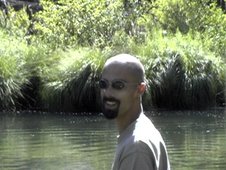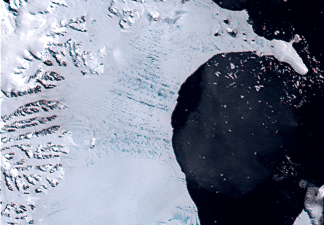Last week I ranted about what I thought was a poor idea for a children's atlas. In particular those that have religious intonations. This week I want to focus on a couple of types of geographical information that might help interest children to focus in on particular aspects of our environment. These relevant geographical events might consist of the peoples, species, and environments that make up a particular region. Impact and relevance on younger children such as those in the K-4 grade range would have to depend on presentation and design. Today's fourth grader's are expected to meet a standard higher then what was expected ten years ago. Children today operate computers with uncanny ease and are able to text message faster then you can spell yo-yo. Considering the advanced if somewhat uncanny abilities of younger children it is apparent that an atlas has to be able to keep their attention and express information that can be absorbed rapidly. Young kids are often treated like children but expected to learn like adults. A child's atlas covers a wide range of subjects some of which are a bit surprising. For example, Canada has an atlas that emphasizes regions of the country from the perspective of environment seen in figure 2.1. This type of atlas focuses on human interactions with Earth's environment. Using specific elements like the Moose and Bear to draw a child's attention and get them to remember location and range of animal species particular to a region.
figure 2.1
Other aspects of the environment that children remember are those that are extreme. Such as that seen in figure 2.2. Glacial ice is a major part of Earth's environment and covers nearly a third of the planet. Such major events are not only fascinating but important to understand as Earth's atmosphere continues to warm defying the natural cooling cycle.
figure 2.2
Also becoming increasingly popular is the concept of the universe and our place within the galaxy. Modern children are expected to explore well beyond the realm of Earth. Understanding the Universe and how it operates boggles most adults yet our children are expected to understand modern ideas concerning space exploration. Figure 2.3 is just one example of such an atlas.
figure 2.3
The average map geek is not being created in college or even in high school, instead they seem to be sprouting map geeks in kinder garden. Keeping up with advancements in education is challenging and often stumps adults but today's children are not stumped by this movement rather they embrace this new information and use it in ways I never thought possible as a child. Making Earth's human populations conscious of their interaction with the environment is as important as ever and increasingly so as humans just about destroy everything they touch.









